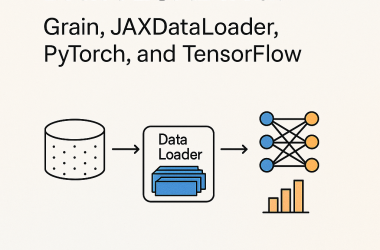The Need for Speed in React
In the fast-paced world of web development, performance optimization is crucial. React’s functional components are powerful and flexible, but without proper management, they can lead to unnecessary re-renders and sluggish performance. Enter React.memo, a higher-order component for memoizing functional components, ensuring that components only re-render when their props change. This guide dives into the whirlwind of React memoization, teaching you how to harness its power to create lightning-fast applications.
Understanding React Memo
React.memo is a performance optimization technique that works by memorizing the output of a component and only re-rendering it when the input props change. This is particularly useful in cases where components receive the same props repeatedly but render expensive UI elements. Memoization can prevent unnecessary calculations and DOM manipulations, thus speeding up your app.
Basic Usage of React Memo
To understand how React.memo works, let’s start with a basic example:
const MyComponent = React.memo(function MyComponent(props) {
console.log("Rendering...");
return <div>{props.content}div>;
});
function App() {
const [count, setCount] = useState(0);
return (
<div>
<MyComponent content="Static Content" />
<button onClick={() => setCount(count + 1)}>Increment {count}button>
div>
);
}
In this example, MyComponent will only re-render when its props change. Even though the App component’s state changes and causes re-renders, MyComponent remains static because its props do not change.
When to Use React Memo
While React.memo can be a powerful tool, it’s not always necessary or beneficial. Here’s when you should consider using it:
- Large Lists: When rendering large lists where individual items re-render infrequently.
- Heavy Computation: For components that involve heavy computational tasks that do not change with every render.
- Props Simplicity: When the component receives a limited and simple set of props that makes shallow comparison feasible.
Pitfalls and Considerations
While memoization can improve performance, it comes with its own set of challenges:
-
Shallow Comparison:
React.memoonly performs a shallow comparison of props. If you pass objects or arrays as props, you might still face unnecessary re-renders unless you manage the props carefully or use custom comparison functions. - Overhead: Adding memoization to every component can introduce unnecessary overhead and complexity. Use it judiciously and only when profiling indicates a performance issue.
Advanced Techniques: Custom Comparison Functions
For more control over how memoization works, you can pass a custom comparison function as the second argument to React.memo:
const areEqual = (prevProps, nextProps) => {
return prevProps.content === nextProps.content;
};
const MyComponent = React.memo(function MyComponent(props) {
console.log("Rendering...");
return <div>{props.content}div>;
}, areEqual);
This function allows you to define precisely under what conditions your component should update, making memoization more effective, especially for complex objects.
Real-World Example: Optimizing a Data Table
Consider a scenario where you have a data table component in a dashboard that receives updates every few seconds. Using React.memo can ensure that individual rows only re-render when their specific data changes, significantly enhancing performance:
const DataRow = React.memo(function DataRow({ data }) {
console.log("Row rendering");
return <tr><td>{data.id}td><td>{data.value}td>tr>;
});
function DataTable({ rows }) {
return (
<table>
<tbody>
{rows.map(row => <DataRow key={row.id} data={row} />)}
tbody>
table>
);
}
Conclusion: Mastering Memoization in React
React.memo offers a powerful way to optimize your React applications, ensuring components only re-render when absolutely necessary. By understanding and applying memoization correctly, you can prevent performance bottlenecks and provide a smoother user experience.
Start experimenting with React.memo in your projects and observe the performance gains. Share your results and experiences in optimizing React applications in the comments below. If you found this guide helpful, consider sharing it to help others improve their React performance too.








